Was Miles Davis Blind? - All About Miles Davis
Miles Davis is probably the most famous jazz musician. He is know for being cool, he is the epitome of cool. Many of my students ask me about Miles Davis. So I decided to write this article to talk a little about him and his music. I hope you enjoy! Now on to the first question, was Miles Davis blind?
Miles Davis was not blind. There are several famous blind musicians, but Miles Davis is not one of them. You might be thinking of Ray Charles.
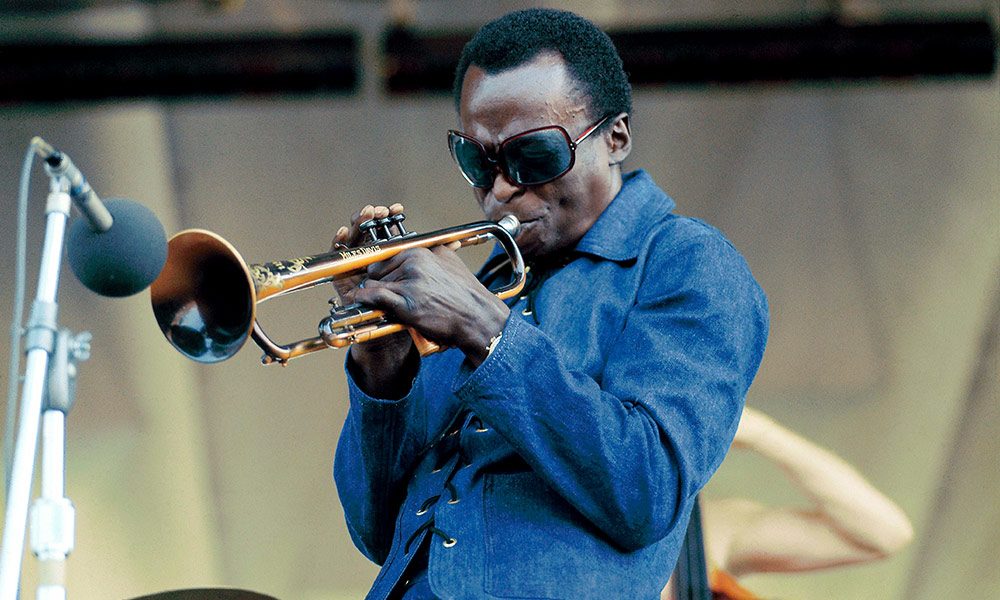
Who was Miles Davis?
Miles Davis was an American jazz trumpeter, bandleader, and composer. He is widely considered one of the most influential musicians of the 20th century, and his career spanned several decades and multiple stylistic developments.

Davis began his career in the mid-1940s, playing in the bebop style that was popular at the time. He soon began to incorporate elements of other genres, such as R&B and cool jazz, into his music. In the 1950s, he formed the "First Great Quintet" with saxophonist John Coltrane, pianist Red Garland, bassist Paul Chambers, and drummer Philly Joe Jones, and released a string of acclaimed albums that helped define the hard bop style.
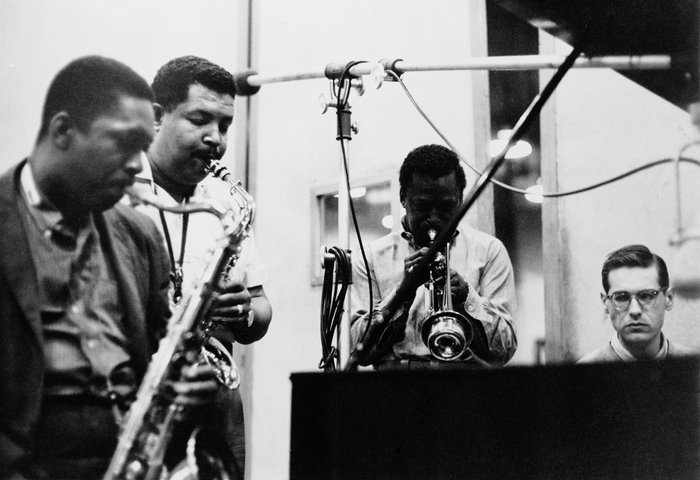
In the 1960s, Davis began to experiment with a more modal and avant-garde style, releasing the influential albums "Kind of Blue" and "Sketches of Spain." He also began to incorporate elements of rock, funk, and African rhythms into his music, and formed a second quintet with Wayne Shorter, Herbie Hancock, Ron Carter, and Tony Williams, who would become one of the most acclaimed and influential groups in jazz history.
In the 1970s, Davis continued to push the boundaries of jazz by incorporating elements of electronic music and funk. He released the albums "In a Silent Way" and "Bitches Brew," which were widely considered groundbreaking and helped to pave the way for the fusion movement.
Throughout his career, Davis also collaborated with a wide range of musicians, including Thelonious Monk, Gil Evans, and Prince.
But Davis was not only known for his music but also for his fashion sense and lifestyle. He was often seen wearing fashionable clothes, and was known for his dapper style and impeccable taste. He also had a reputation for being temperamental and difficult to work with, but his talent and contributions to music were undeniable.
Davis' career was marked by several periods of retirement and health problems, but he always managed to return to the spotlight, releasing new albums and touring. He passed away on September 28, 1991, in Santa Monica, California, due to respiratory failure caused by pneumonia and is remembered as one of the most influential and important figures in jazz history.
Throughout his career, Davis received numerous awards and accolades, including nine Grammy Awards and the Grammy Lifetime Achievement Award. He was also inducted into the Rock and Roll Hall of Fame and the DownBeat Hall of Fame.

Top 3 Most Important Miles Davis Albums
- Birth of the Cool
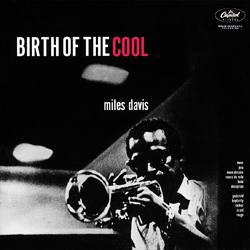
"Birth of the Cool" is a studio album by American jazz trumpeter Miles Davis, released in 1957 on Capitol Records. The album is a collection of recordings that were made in 1949 and 1950 by Davis and a nonet, or nine-piece ensemble, that he assembled specifically for these sessions. The album is considered a pioneering release in the cool jazz genre, which emphasized a more laid-back and cerebral approach to jazz, as opposed to the more virtuosic and hard-driving style of bebop that was popular at the time.
The album features Davis on trumpet, along with a group of prominent jazz musicians of the era, including Gerry Mulligan on baritone saxophone, J.J. Johnson on trombone, and John Lewis on piano, who would later become the leader of the Modern Jazz Quartet. This album also features arrangements by the great Gil Evans.
The tracks on "Birth of the Cool" are marked by a relaxed, spacious feel, with a focus on ensemble interplay and subtle arrangements rather than solo virtuosity. This laid-back style is exemplified by the album's opening track, "Move," which features a steady, walking bassline and a minimalist, repetitive melody. "Boplicity" and "Moon Dreams" are also notable tracks on the album, featuring a smooth, melodic and introspective style of playing.
The album's style was a departure from the typical hard-driving bebop style of the time and it was not well-received by the jazz critics at its time of release, however, over time, it has become recognized as a classic, important release in the cool jazz genre and in jazz history in general.
The "Birth of the Cool" album and its session recordings have been re-released and re-packaged several times over the years and It's considered an essential for any jazz collection, and its influence can be heard in the work of many later jazz musicians and it's an important point of reference in jazz history.
- Kind Of Blue
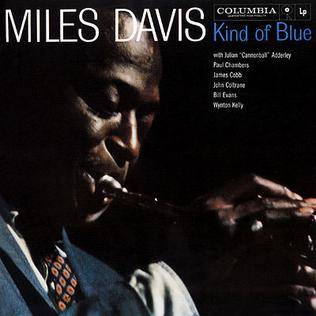
"Kind of Blue" is a studio album by American jazz trumpeter Miles Davis, released in 1959 by Columbia Records. The album is widely considered one of the greatest and most influential jazz albums of all time, and it has been cited as the best-selling jazz record of all time.
The album features Davis leading a sextet that includes saxophonists John Coltrane and Julian "Cannonball" Adderley, pianist Bill Evans, bassist Paul Chambers, and drummer Jimmy Cobb. The album features a more modal and improvisational approach to jazz, as opposed to the more harmonically complex and virtuosic style of bebop and hard bop that was popular at the time.
The album's most famous track, "So What," which opens the album, is considered a jazz standard, and it's characterized by its simplicity, and its modal melody that gives plenty of room for improvisation. "All Blues" and "Freddie Freeloader" are also famous tracks on the album, with "All Blues" featuring a relaxed, swinging rhythm and a sense of space and "Freddie Freeloader" an uptempo, blues-inflected number.
"Kind of Blue" is notable for its use of modal improvisation, which allows the musicians more freedom to explore their own ideas and to express themselves in a more organic and spontaneous way. This style of improvisation was a significant departure from the more structured, chord-based improvisation of bebop, and it helped to establish a new, more open and expressive approach to jazz that would become a major influence on later generations of jazz musicians.
The album's approach also reflects Davis' interest in classical music, as the album takes inspiration from the works of composers like Bartók, and Debussy and Evans's background in classical piano.
The album received widespread critical acclaim upon its release, and it has since been regarded as one of the most important and influential jazz albums of all time. It is frequently included in "best albums" lists, and it continues to be popular with both jazz aficionados and casual listeners alike.
- B***hes Brew
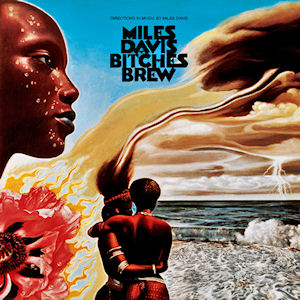
"B***hes Brew" is a double studio album by American jazz trumpeter Miles Davis, released in 1970 by Columbia Records. The album is a pioneering release in the jazz fusion genre, which combines elements of jazz with rock, funk, and other genres. The album was a commercial and critical success, and it helped to establish Davis as one of the most innovative and influential musicians of his time.
The album features Davis leading a large ensemble that includes a variety of musicians playing different instruments, including electric guitar, electric piano, saxophones, and basses. The album also features heavy use of electric instruments and experimental recording techniques, including tape loops, delay and reverb effects, and multiple overdubs.
The album's tracks feature a diverse range of styles, from the energetic, rock-inflected opener "Pharaoh's Dance" to the more experimental and improvisational "Miles Runs the Voodoo Down" and "B***hes Brew." The tracks also feature a heavy use of funk-inspired rhythms, and a more loose and open-ended approach to improvisation, with the musicians often given a basic structure or idea and then allowed to explore and develop it in their own way.
The album's title track, "B***hes Brew" is considered one of the most influential tracks on the album and of jazz-fusion overall, It's notable for its complex and shifting time signatures, its use of polyrhythms and its blending of African rhythms with rock and funk influences.
The album was met with mixed reviews upon its release, with some critics praising its innovation and experimentation, while others found it self-indulgent and chaotic. However, over time it has become widely recognized as one of the most important and influential jazz albums of the 20th century and has been cited as a major influence on jazz-fusion and many other forms of popular music.
I hope you've enjoyed this brief summary of the life and music of Miles Davis. And most of all I hope you learned that Miles Davis was not blind!



